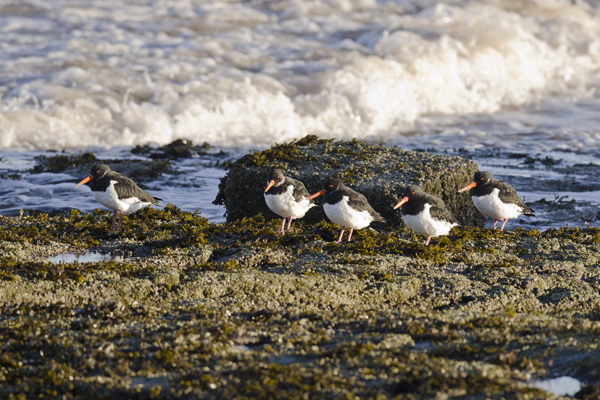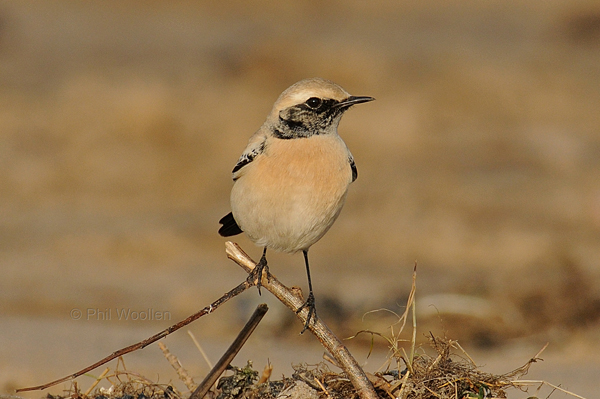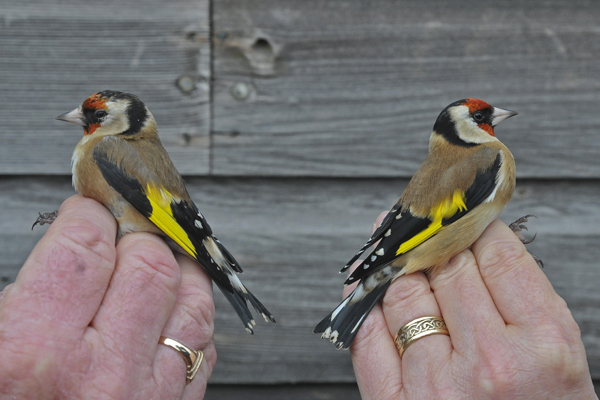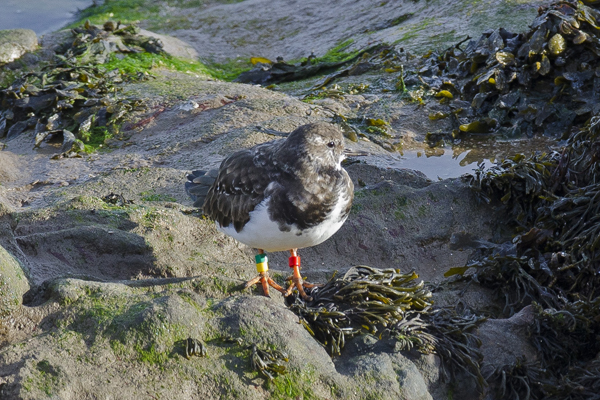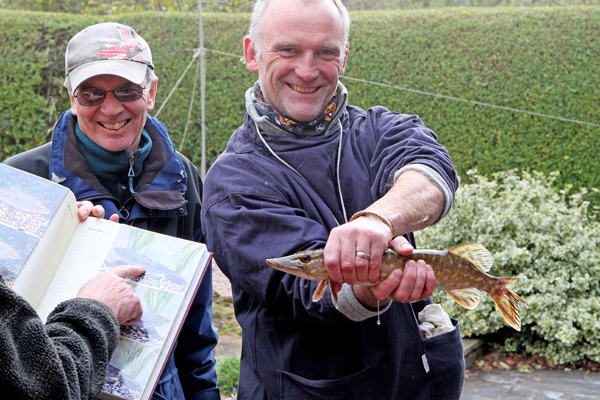I had to wait until April for the next potential lifer when a punitive Thayer's Gull turned up in Lincs. Travelling with Fred Fearn we had good views of this bird and await with bated breath to see if it's ever split and accepted as a full species.
A good
A trip to Norfolk
No sooner had we got back from Norfolk UK
Towards the end of September I was on a business trip to
Following on from Shetland I spent a weekend on the Scilly's with Mark Payne and Pete Antrobus where we met up with Malc Curtin to help celebrate his 60th birthday. With Al Orton, Robbo, Ian Barber, Allan Conlin and Steve Williams all on the islands it made for a good few days birding, reminiscing and enjoying a few beers.
As I write this I'm currently in Australia












.jpg)
.jpg)







